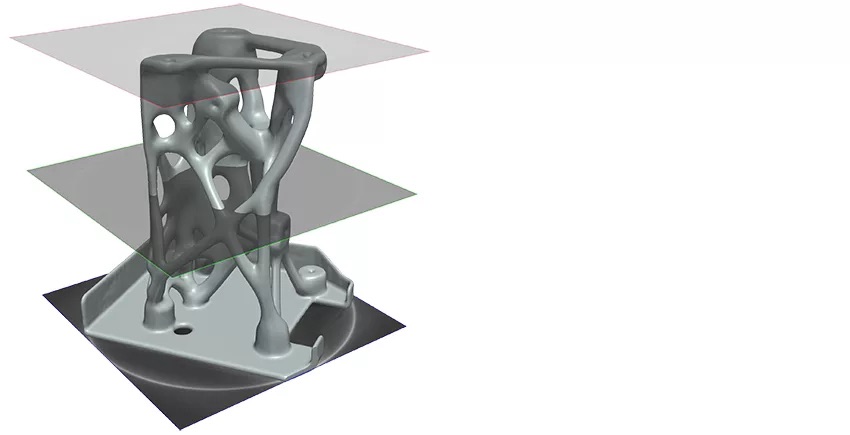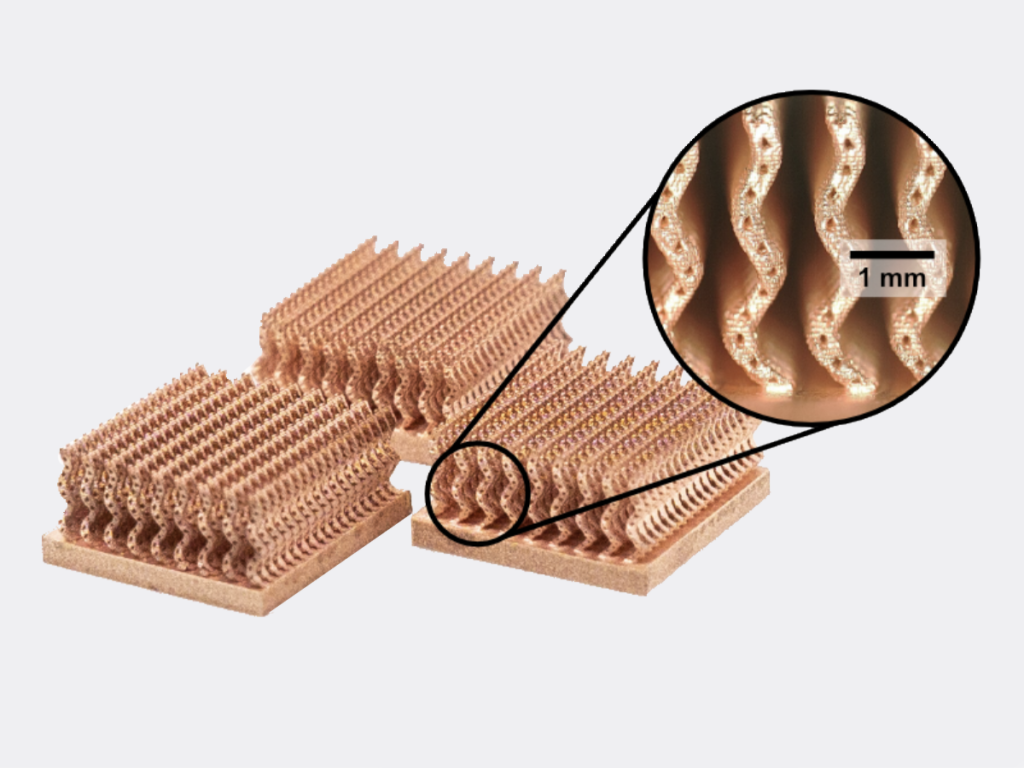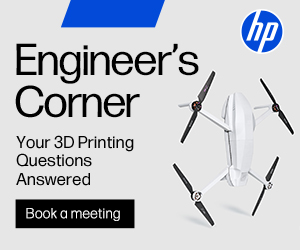Design Software Mega-Merger: Synopsys Plans to Buy Ansys for $35B
A funny thing happened on the way to all of the hypothetical additive manufacturing (AM) mega-mergers floated throughout 2023: none of them ended up taking place. Despite the fact that no one in the 3D printing industry seemed to really want those deals to go through (perhaps raising the question of who was in favor of them), it still felt like something of a let down when, in the end, all the big merger deals fell apart.
To be sure, some of the explanation for that disappointment simply lies in the natural human tendency to find it more exciting when something happens than when nothing happens. On the other hand, for anyone wishing for the AM industry’s success, there’s a very real reason to feel excited about mergers and acquisitions (M&As), in and of themselves: a sudden rise in M&A activity can often signal that a market bottom has been reached.
2023’s failed mega-mergers may eventually be successful in some form, with the ever-persistent Nano Dimension already having brought back to life its proposal to buy Stratasys. On the other hand, original equipment manufacturers (OEMs) may simply have been the wrong place to look, when it comes to M&A signals for the AM industry.

Semiconductors Disrupted
Just before Christmas 2023, it was reported that electric design automation (EDA) software giant Synopsys was in talks to purchase leading engineering simulation software firm Ansys. In the first week of 2024, further details emerged, most notably the price tag of the offer: $35 billion. As Synopsys itself has a market cap of more than twice that, a combination of the two companies would be worth well over $100 billion.
What specific interest does Synopsys have in Ansys? According to the semiconductor blog The Ojo-Yoshida Report, run by former reporters from Bloomberg and electronics publication EE Times, it’s chiplets:
“The likeliest link [between Synopsys and Ansys],” writes Junko Yoshida, “is the electronic industry’s growing appetite for chiplets. The idea of implementing a tiny [integrated circuit] — each containing a well-defined subset of functions — in a ‘Lego-like’ mix-and-match assembly has become the rage among users and designers of SoCs [systems-on-chips]. The chiplet is expected to disaggregate the way semiconductors are designed, manufactured, and distributed. Some even anticipate that the emerging chiplet trend, if it takes hold, poses the potential to dismantle the existing ecosystem of EDA companies, SoC suppliers, semiconductor customers, foundries, Outsourced Semiconductor Assembly and Test (OSAT) companies and distributors.”
In other words, an en masse pivot towards chiplets could disrupt every link in the semiconductor supply chain from the bottom up.
Significantly, as Michael Molitch-Hou and I wrote in a two-part, August 2023 3DPrintPRO article, AM is poised to play an increasingly prominent role in chip design precisely because of the advanced packaging necessities involved. According to an article in EE Times, “…packaging technology is intrinsically tied to the future of chiplet design. And there’s no one-fits-all solution when it comes to packaging in chiplets.”
This is by no means to argue that 3D printing for advanced packaging is an impetus behind Synopsys’ interest in Ansys. Rather, the point is the size of the problem, and the scale of the merger. To put things in perspective, it would create a company more than five times as large as the estimated size of the global AM industry. Thus, a combination of Synopsys and Ansys couldn’t help but have reverberations for every advanced packaging technique currently on the table for the semiconductor sector — 3D printing, included.

AM is a Software Play
Moreover, as should be expected for such large manufacturing design enterprises, both Synopsys and Ansys have extensive connections to the AM industry. To begin, at Formnext 2017, 3DSIM, one of the first AM-dedicated simulation software programs, announced it had been acquired by Ansys.
That purchase was shortly followed by Ansys’ release of its Additive Suite and Additive Print programs. In a 2018 interview with 3DPrint.com’s Joris Peels, Chris Robinson —who started at 3DSIM, at the time of the interview was the senior manager of Ansys Additive Software Development, and is currently the senior product manager of AM & Metal Forming at Ansys — explained,
“A key to breaking down [the barrier to entry to AM] is to be more efficient. AM specific detailed simulations significantly reduce the cost barrier at every stage of the development cycle. …You will save money, time, and employee stress by using simulation. The AM Suite from ANSYS is the only solution that combines engineering design tools, AM-specific tools for every part of your development chain, and validation support tools all in one product.”

In 2019, Ansys struck a strategic partnership with Autodesk, maker of the one of the most widely-used software suites for AM design, Autodesk Fusion 360. Finally, to name just one more of many possible examples, in May 2023, Ansys published a blog post about the successes of the very straightforwardly-named 3D Printing Corporation, K.K. (American-owned, Japan-based) with the Ansys Startup Program simulation software.
3D printing for advanced packaging isn’t mentioned in the blog post. However, it is nonetheless worth mentioning that the topic of the post is “multiphysics simulation”, given how it is precisely that application that is considered so critical to 3D-IC design. Additionally, given the US government’s interest in advanced packaging, it is perhaps also worth mentioning that on a National Center for Manufacturing Sciences profile page, 3D Printing Corporation notes, “We have a track record of supporting regional US military installations.”
As for Synopsys, the company is the provider of the Simpleware ScanIP 3D imaging software, which is perhaps especially important for medical 3D printing, given Simpleware ScanIP Medical’s FDA 510(k) clearance. Synopsys has also published AM case studies for years, including one on quality control for AM aerospace parts that features a meshed part file exported from Simpleware into Ansys Workbench.
Finally, in August 2023, Intel and Synopsys forged a deal to bring Synopsys’ EDA IP to advanced contract manufacturing for Intel semiconductor devices. One intriguing angle to that for the AM industry is that in February 2023, Intel’s venture capital arm, Intel Capital, participated in the $50 million Series B round for Fabric8Labs, a startup whose electrochemical AM process appears optimized for metal components used in advanced chip packaging.

All of this emphasizes a talking point that I started hearing for the first time in Q4 2023, but which should spread more widely going forward: “3D printing is a software play.” In other words, however much the hardware matters in any given AM technique, software will be the determining factor for all AM techniques in the long run.
The reason for that is fairly straightforward: as “digitally native” manufacturing processes, the potential edge that AM technologies have can only be fully realized via software. Above all, in order for AM to be incorporated into conventional manufacturing supply chains to serve as the foundation for distributed manufacturing ecosystems, the software is the cart that has to come before the hardware horse.
Conclusion: A Bottom for Advanced Manufacturing Industries?
Whatever the specific rationale behind Synopsys’ possible acquisition of Ansys, the combination of the two companies would likely spark more M&A activity in the same space, and in itself could signal a bottom on the horizon for all advanced manufacturing industries. AM could be particularly affected, given its technical maturity, the fact that it is on the brink of leveling up in terms of commercial adoption, and the aforementioned significance of its integration with software platforms.
More than anything else, one thing I haven’t mentioned — the cybersecurity of digital manufacturing — could be the deciding factor in the thought processes surrounding the merger. If semiconductor companies are truly about to go all in on chiplets, they’re going to have to lock down their EDA cybersecurity more stringently than ever before.
That same consideration of cybersecurity is also one thing that has been holding back increased adoption of AM for production on higher scales. In turn, again regardless of the rationale behind the Synopsys/Ansys merger in the first place, if the merger does happen, it is bound to have positive effects for streamlining the AM software landscape.
And, if that happens, software should become the decider in terms of how all the other consolidation happens. For instance, the more standardized and secure the software side of the AM industry becomes, the easier it will be to determine which hardware platforms should become foundational to the distributed manufacturing ecosystem that emerges.
Subscribe to Our Email Newsletter
Stay up-to-date on all the latest news from the 3D printing industry and receive information and offers from third party vendors.
Print Services
Upload your 3D Models and get them printed quickly and efficiently.
You May Also Like
Billion Dollar Bambu and a New Worldview?
Imagine for a moment that Bambu Lab sells 2.7 million 3D printers this year. If their average ticket price is $350 and they generate $75 million in filament sales, their...
Iradion’s Role in 3D Printing’s Laser Revolution
Additive manufacturing (AM) thrives on precision and reliability, especially as it moves from prototyping to full-scale production. Iradion Laser Inc., a Massachusetts-based company, is stepping into the 3D printing industry...
MX – Machining Transformation: Revolutionizing Manufacturing with Additive Technologies
The machining industry is experiencing a profound transformation, propelled by four key trends: Process Integration, Automation, Digital Transformation (DX), and Green Transformation (GX). Central to this evolution are Additive Manufacturing...
3D Systems Sells Geomagic Software Division to Hexagon AB
Additive manufacturing (AM) stalwart 3D Systems (NYSE: DDD) has announced the sale of its Geomagic assets to Swedish software giant Hexagon AB for $123 million. The deal includes Design X,...





























